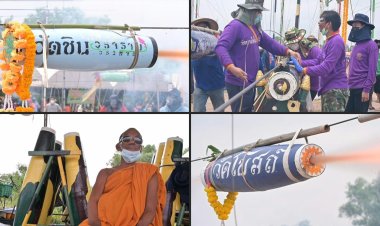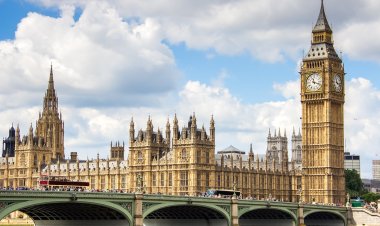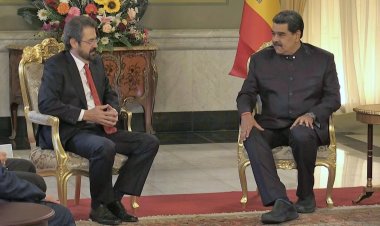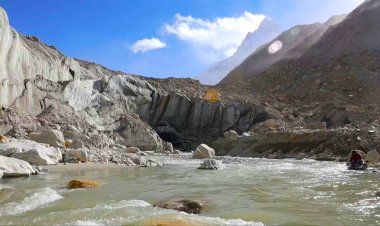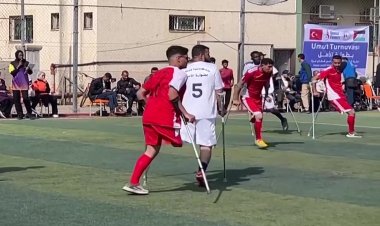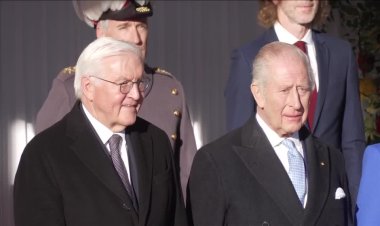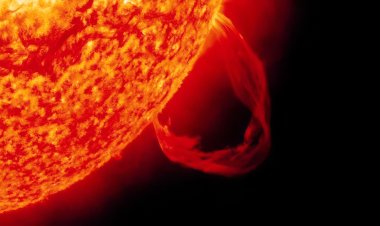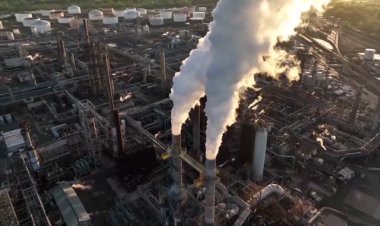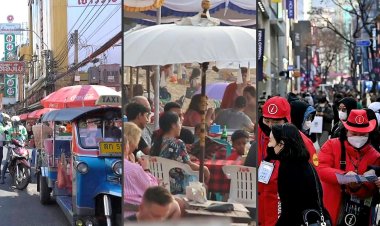Peru mourns people killed in protests amid state of emergency
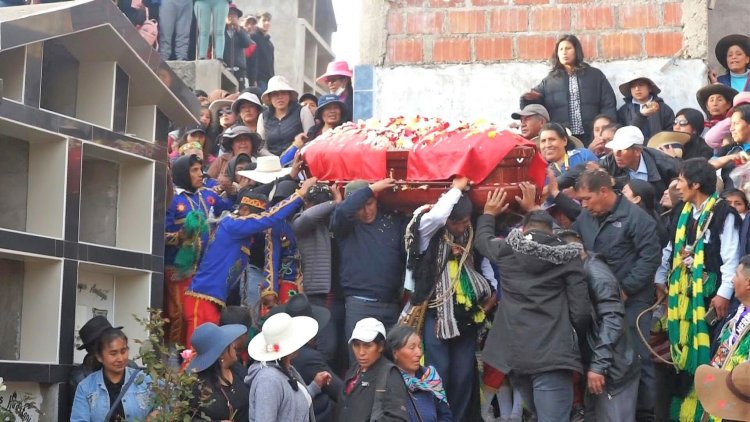
Dozens of people attended a mass in Lima's central cathedral for the fallen among the protesters as well as a policeman burnt alive in the city of Juliaca on the border with Bolivia.
Many of the mourners wore white T-shirts to symbolise peace, and bore photographs of the dead.
Lima Archbishop Carlos Castillo led the service in Spanish and the Quechua Indigenous language. The unrest has been largely concentrated in the southern Andes, where Quechua and Aymara communities live.
The Inter-American Commission on Human Rights has said that in order to end the crisis, these groups need to be better integrated into Peruvian society.
Mass demonstrations have meanwhile been announced in Lima as well as the marginalised southern Andean regions.
Last week, dozens of demonstrators arrived in the capital's Miraflores district as part of a mobilisation for a "takeover of the city".
Unions say the tourism industry was losing up to 1.7 million dollars a day.
Peru's capital Lima and three other regions were under a state of emergency, with weeks-long protests against President Dina Boluarte showing no signs of abating.
The government extended by 30 days a state of emergency for the regions of Lima, Cusco, Callao and Puno, authorising the military to back up police actions to restore public order.
The state of emergency also suspends constitutional rights such as freedom of movement and assembly, according to a decree published in the official gazette.




